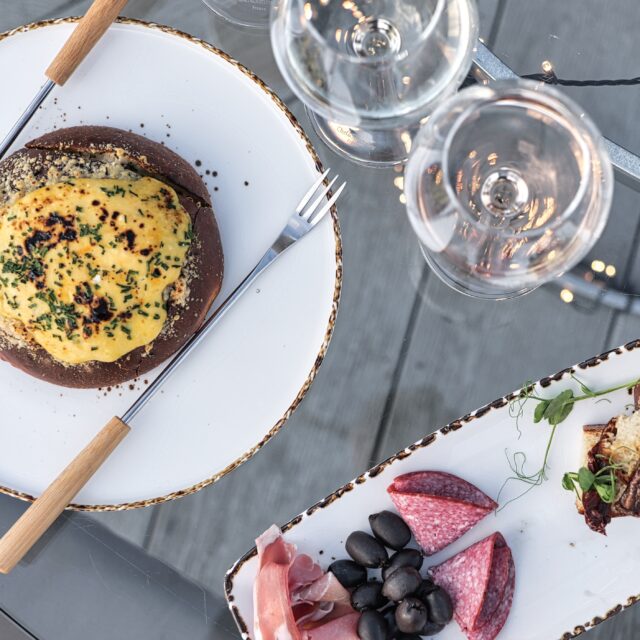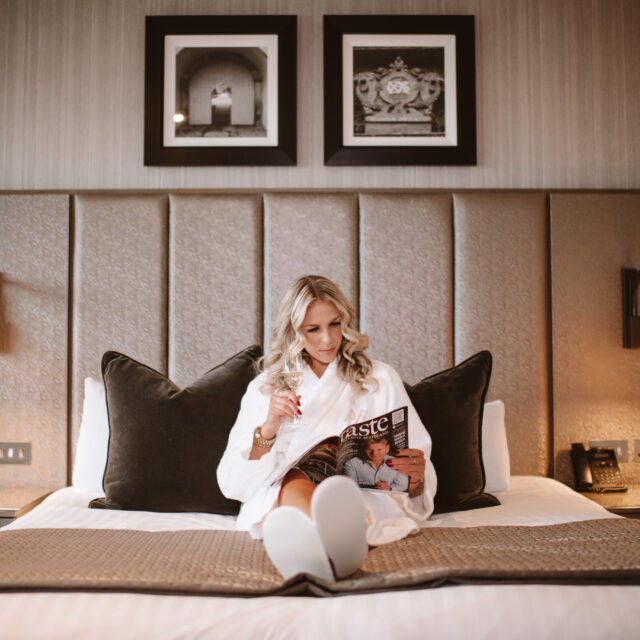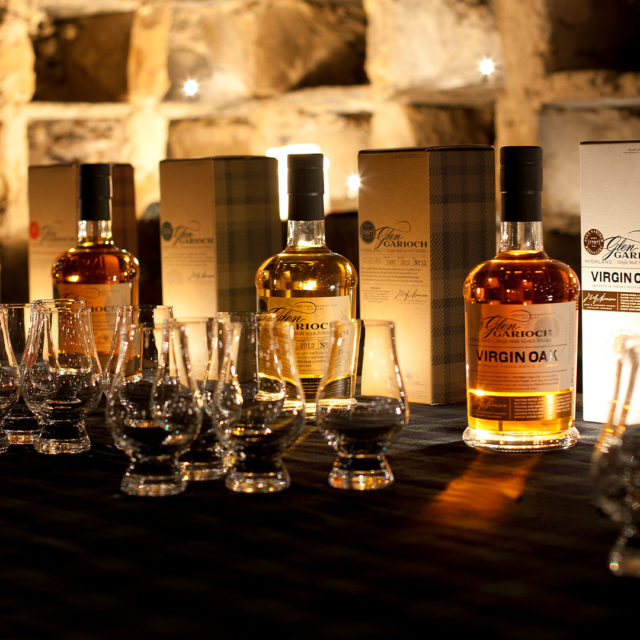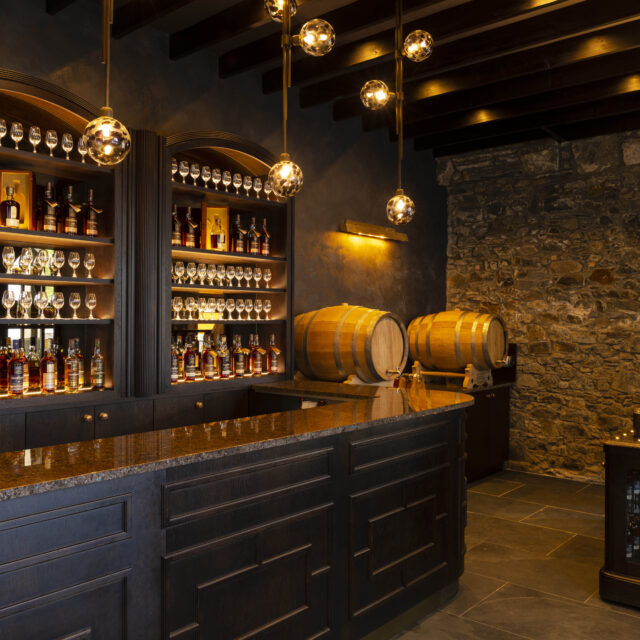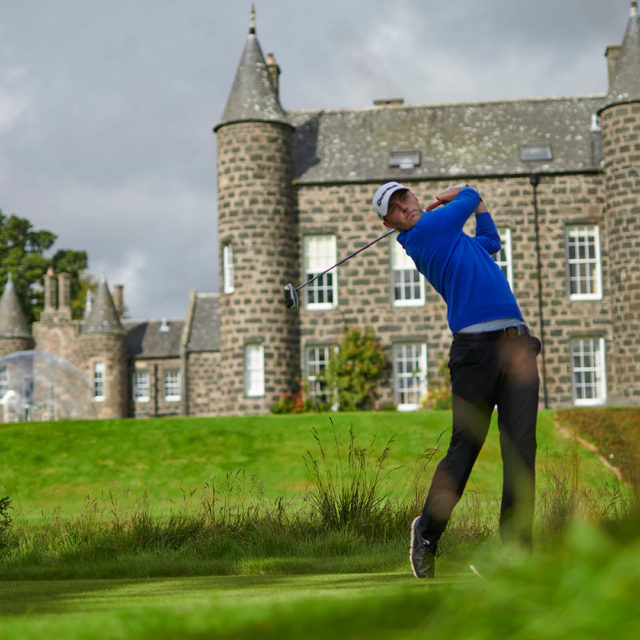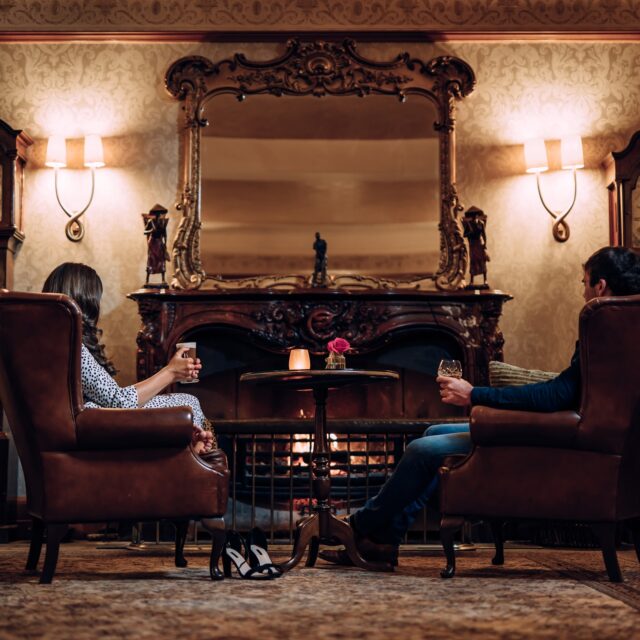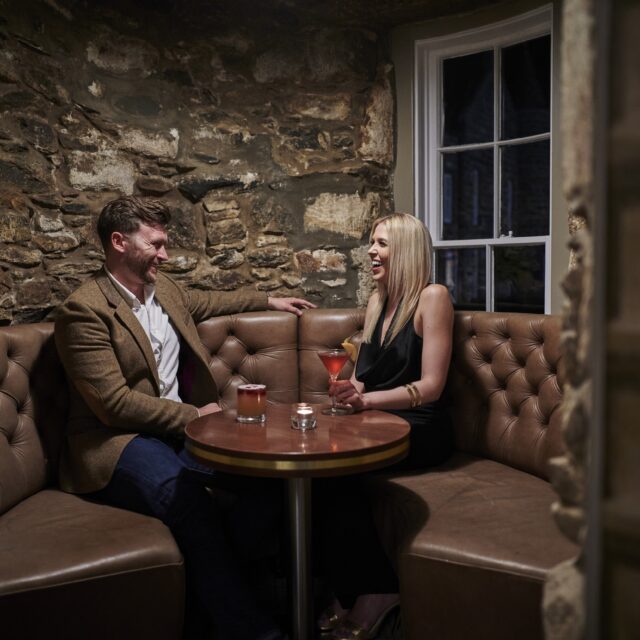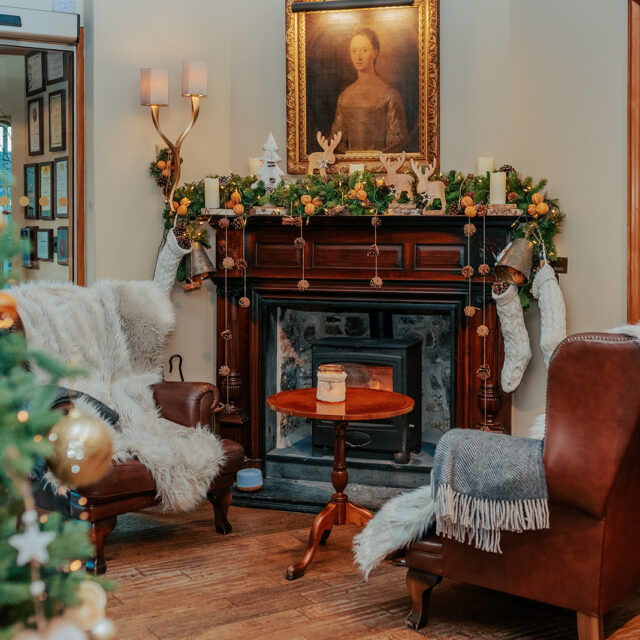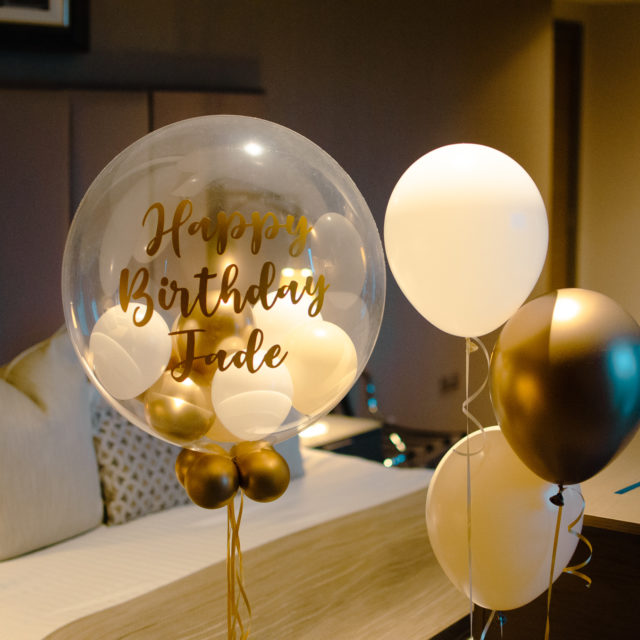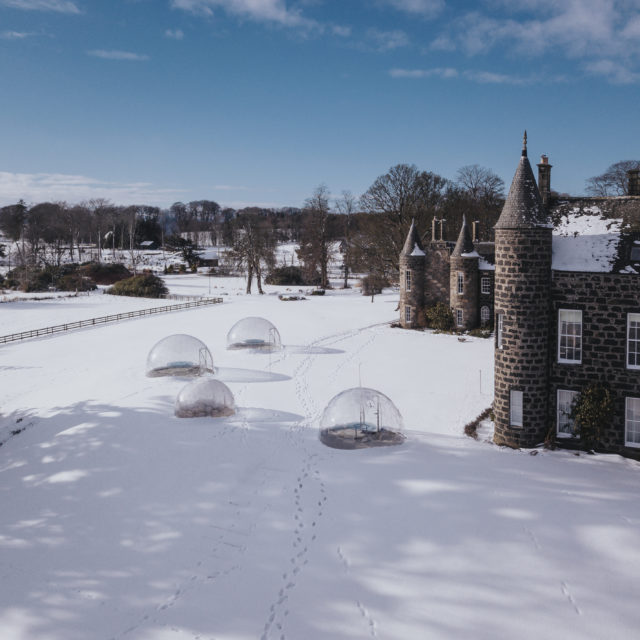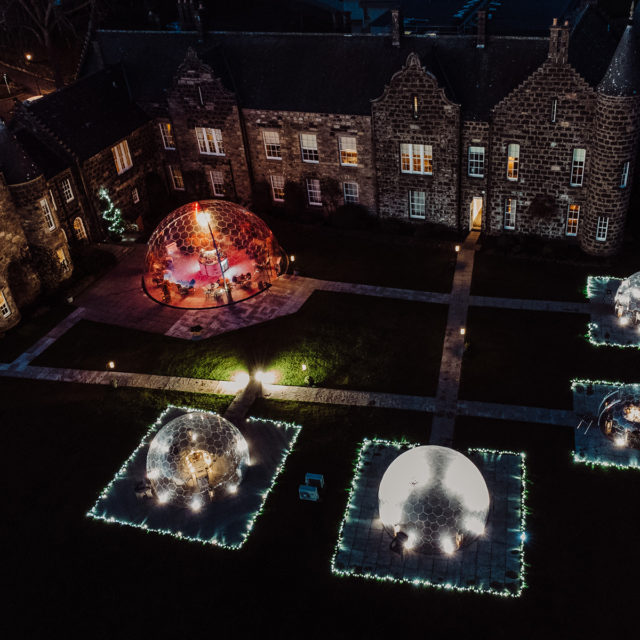History
Brief History of Time
The family of Meldrum is of great antiquity. The Barony of Meldrum was originally the territory of Auchinleck and was granted to Philip de Phendarg in 1236 by the Abbot of Arbroath during the reign of the Scottish King Alexander II. It is Sir Philip de Phendarg, the son, who is believed to have first carried the title of Meldrum, which was then spelt Meigdrum. A translation from the Gaelic of “Meall Druim” is “the ridge on the hill” which is appropriate given that the house was built on the only rocky outcrop on the highest point of the land. The original tower house was built around this time and forms the nucleus of all the later changes in the 17th, 19th and 20th centuries that leaves the house as it stands today.
The Meldrum family became powerful and great landowners within the north-east of Scotland with properties including Drumoak and Fyvie Castle, which came into the family when Alexander Meldrum of Meldrum married the youngest daughter of Sir Henry Preston in 1433. Their son, George, was to become an Ambassador to the Court of King Henry VIII. William Meldrum, the last of the male line of the Meldrum’s, only had two daughters and, with the eldest married, it was Elizabeth, the youngest daughter, who was to inherit the estate of Meldrum whilst Drumoak and Fyvie remained with other branches of the family.
Elizabeth’s marriage to William Seton brought the Seton family into ownership of the estate. William was the youngest son of Sir Alexander Seton, 1st Lord Gordon, and he and his elder brother Henry were killed at the Battle of Brechin on 18th May 1452. The oldest brother, Alexander, became 1st Earl Huntly. The estate of Meldrum was then to remain in the Seton family for a further 7 generations. It was the offspring of the Seton’s that were to become Chancellor of Aberdeen and progenitors of the Seton’s of Pitmedden as well as extend the Seton family lands throughout the North of Scotland.
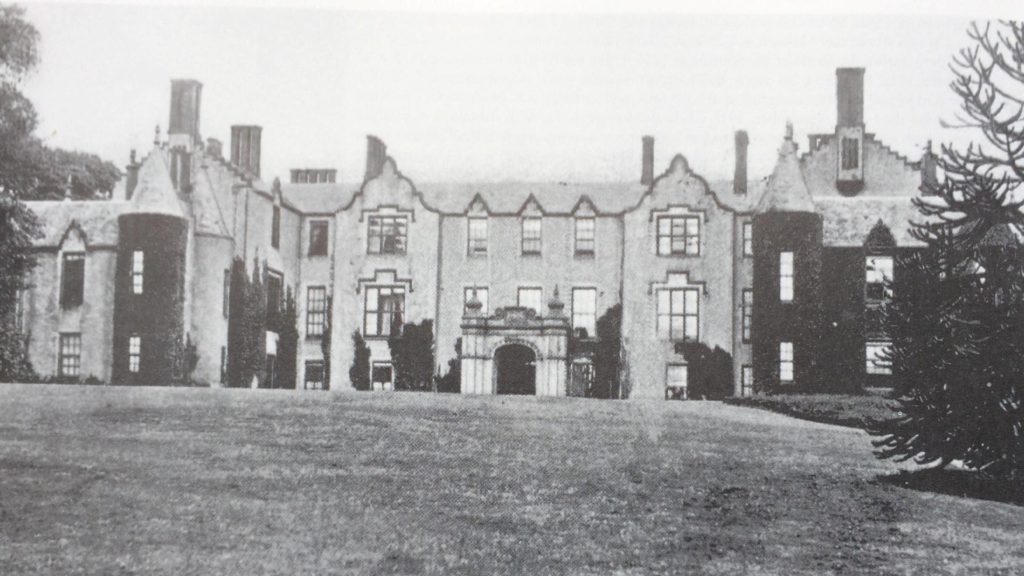
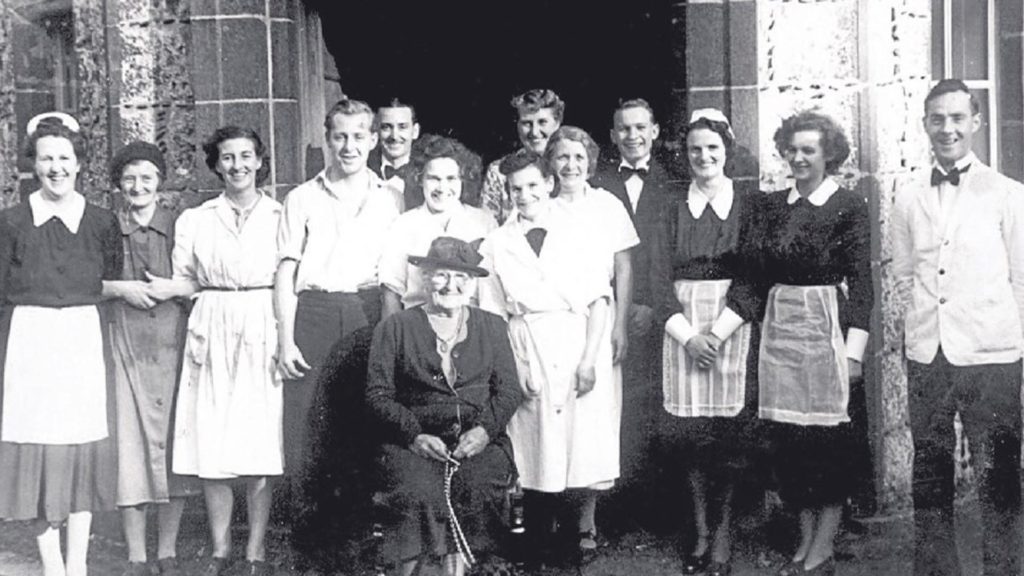
Another Sir Alexander Seton, William and Elizabeth’s great, great, great grandson was eventually to buy Fyvie Castle and Estates from Andrew Meldrum of Drumoak in 1596 and subsequently become Lord Fyvie. In 1601 he was made Chancellor of Scotland and in 1604 Earl of Dunfermline. His eldest son pre-deceased him in 1590 leaving a daughter Elizabeth and after his second son, John Seton of Meldrum, pre-deceased him in 1612 with no offspring from his marriage to Lady Grisel Stewart, daughter of the Earl of Atholl, his 3rd son William inherited Meldrum. As his marriage to Anne Crighton of Fendraught was also childless, William bequeathed the estate to Elizabeth in 1625 for her to inherit on his death.
William Seton was responsible for the addition of the stone staircase in 1625 thereby creating the new entrance at the top of the stairs after blocking in the original archway to the internal courtyard. Also 1628 saw the addition of the original stable block including the central tower still prominent today with its feature of a stone-carved Royal Coat of Arms on the north-east face.
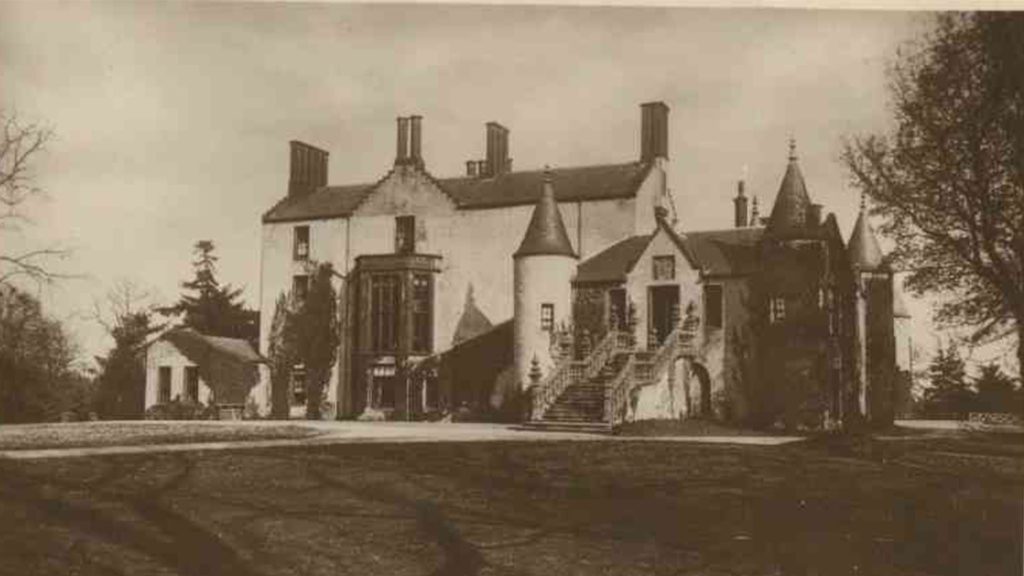
Elizabeth had married John Urquhart of Craigfintray, known as the “Tutor of Cromarty” in 1610, and she was eventually to inherit Meldrum Estate in 1635 on William’s death, the estate was then to remain in the Urquhart family until 1898. During their tenure in the late 17th and 18th centuries the house was considerably extended with the addition of two wings running parallel and eastwards, a large joining wall connected these wings to create a substantial courtyard mansion house to reflect the status of the family at that time.
There are four paintings dated 1772/73 that show the house in this style and the size that it had become. It was James Urquhart of Meldrum that commissioned Archibald Simpson to redesign the house in 1836 to remove the “air of neglect” that had become noticeable. Simpson’s design took three years to complete and provided a Jacobean style mansion house of symmetrical design in a large C shape, with grand Portico entrance and turreted pavilions to a total 186 rooms.
The grounds were also substantially remodelled to provide the basis of the lawns, plantings and trees that remain today. The last Urquhart Laird was Major Beauchamp Colclough Urquhart who was killed at the Battle of Attbara in the Sudan on Good Friday 8th April 1898. The estate then passed to his sister, Annie Isabella, who had married her first cousin Garden Alexander Duff of Hatton.
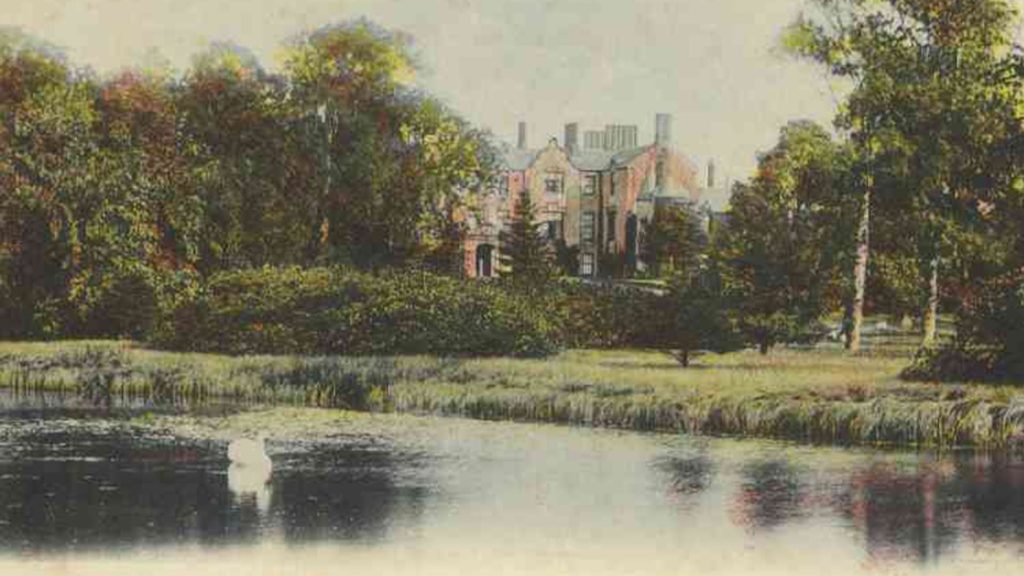
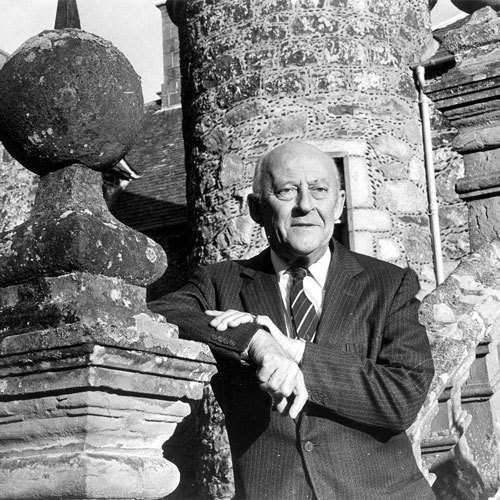
Robin Duff
The Laird Comes Home
Their son, Colonel Garden Beauchamp Duff, was to become Laird of Hatton and Meldrum, and it was Lady Doris Duff who commissioned W.L.Duncan to redesign the house in 1934. This saw the removal of the turreted pavilion and a complete story of the main house to leave the L shaped house of today. The last of the direct line of descendants representing these four great families was Robin Duff who inherited the house in 1954. He returned from his position as Personal Assistant to the Maharaja of Bundi, a position he held since his posting as Foreign Correspondent and War Correspondent in the region. Mr Duff was instrumental in using the house as a hotel, which is continued by the present owners who have constructed Meldrum House Golf Club within the parklands of the estate.

